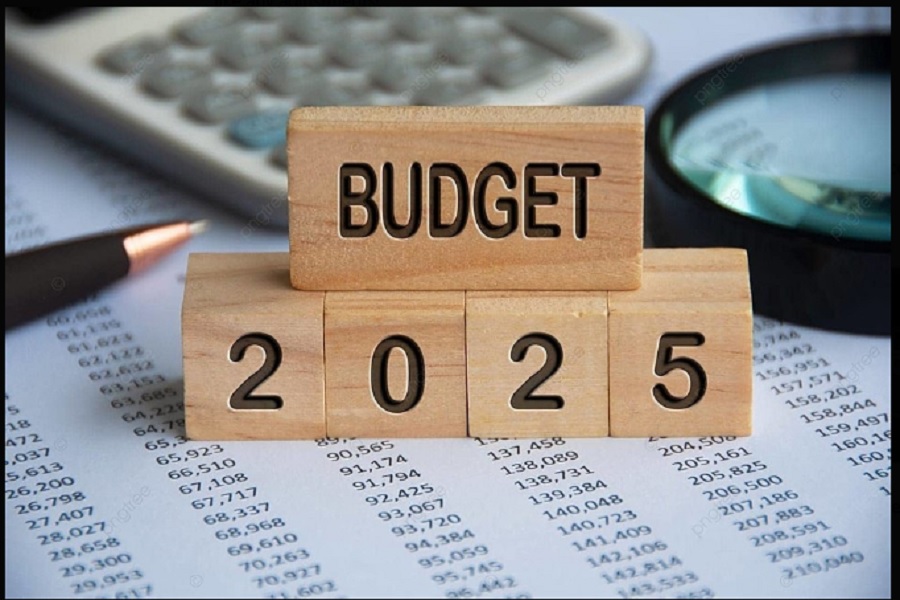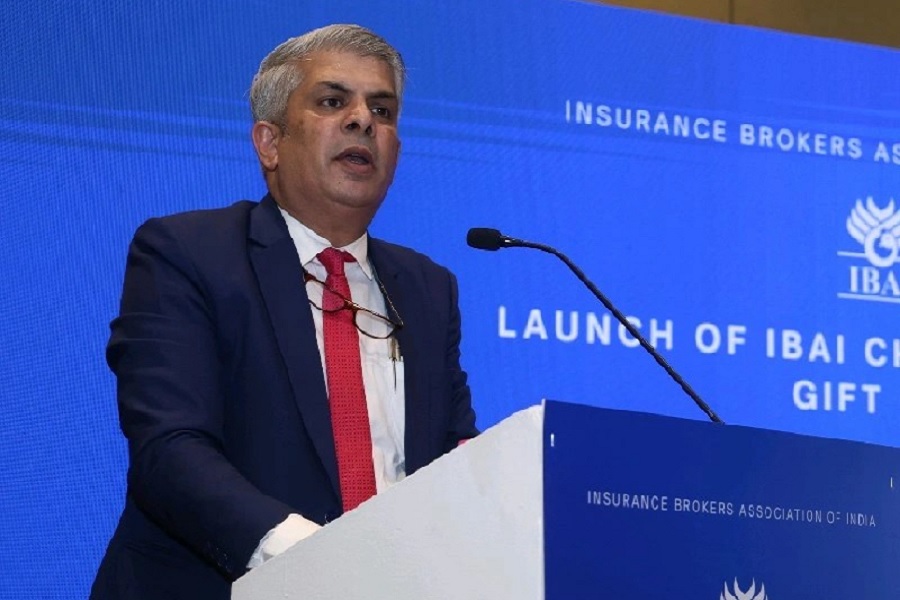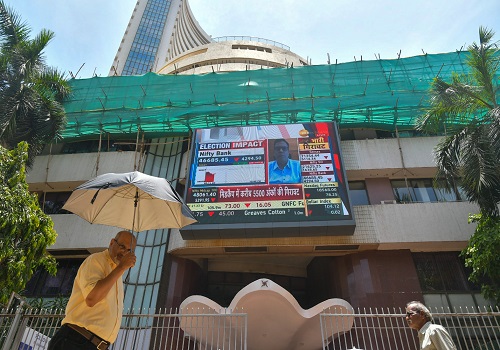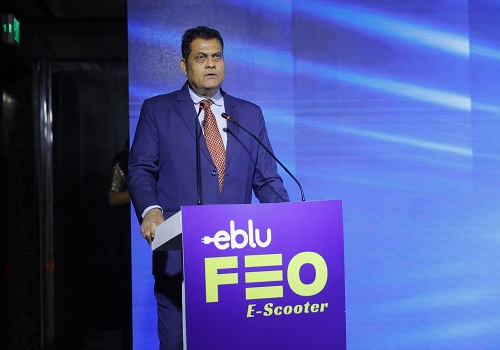Budget 2025 : What to expect for Manufacturing Sector from this budget

The Union Budget 2025 is expected to address several pressing challenges faced by the Indian manufacturing sector while fostering growth and innovation. The government is likely to introduce measures aimed at enhancing the sector's global competitiveness, improving ease of doing business, and promoting sustainable manufacturing practices.
Promotion of Domestic Manufacturing
The manufacturing sector is poised to benefit from increased focus on the 'Make in India' initiative. The government is expected to continue and possibly expand the Production Linked Incentive (PLI) schemes that incentivize domestic production of key products like electronics, automotive components, and medical devices. The PLI schemes have already been successful in attracting investments and fostering production in high-demand sectors. By expanding these schemes to cover additional industries such as textiles, toys, and consumer goods, the government aims to strengthen India’s position as a manufacturing hub.
Infrastructure Development
Infrastructure investment is another crucial component of the expected budget proposals. Improved infrastructure in logistics, warehousing, and transportation is essential for enhancing the efficiency of manufacturing supply chains. The government is likely to allocate substantial funds for the development of industrial corridors and the expansion of ports and airports, enabling smoother movement of goods. Investments in modernizing industrial parks, creating special economic zones (SEZs), and promoting digital infrastructure will also contribute to easing the operational challenges faced by manufacturers.
Tax Reforms and Financial Incentives
Manufacturers are expected to benefit from various tax reforms in Budget 2025. Simplified tax structures and tax relief measures are likely to be introduced to reduce the compliance burden on businesses. The government may also extend the corporate tax cuts for manufacturing companies, which were introduced in previous budgets, to encourage investment in this sector. Moreover, it is anticipated that there will be an increase in the availability of low-cost financing for manufacturers, which would make it easier for them to expand their operations and invest in new technologies.
The government may also introduce or extend capital investment subsidies and funding for small and medium-sized enterprises (SMEs). These businesses are often unable to access funding due to high interest rates or lack of collateral. Lowering the cost of credit and making financing more accessible will allow manufacturers to upgrade equipment, adopt digital tools, and modernize their processes, all of which are essential for staying competitive in the global market.
Skilling and Technology Integration
To align with global manufacturing trends, Budget 2025 is expected to emphasize skill development and the adoption of cutting-edge technologies such as automation, artificial intelligence (AI), and Internet of Things (IoT). The government may propose funding for vocational training programs and technical education initiatives that prepare workers for the demands of modern manufacturing processes. Additionally, the integration of Industry 4.0 technologies will be a key focus, as manufacturers are increasingly relying on advanced technologies to boost productivity, reduce costs, and improve product quality.
Sustainability and Green Manufacturing
With a growing emphasis on sustainability, the manufacturing sector is likely to see policies that encourage green manufacturing practices. Budget 2025 may offer incentives for manufacturers to adopt energy-efficient technologies, reduce carbon emissions, and recycle waste materials. Proposals may include tax credits for companies investing in renewable energy sources or adopting sustainable production techniques. This shift will not only help companies reduce operational costs but also enable them to meet the growing demand for environmentally-friendly products.
Conclusion
In summary, the Union Budget 2025 is expected to provide comprehensive support to the manufacturing sector through initiatives focused on incentivizing production, improving infrastructure, reducing the cost of doing business, and promoting sustainability. The combination of financial incentives, tax reforms, technological advancements, and skill development programs will ensure that India’s manufacturing sector remains competitive and resilient in the face of global challenges.
Above views are of the author and not of the website kindly read disclaimer









.jpg)













